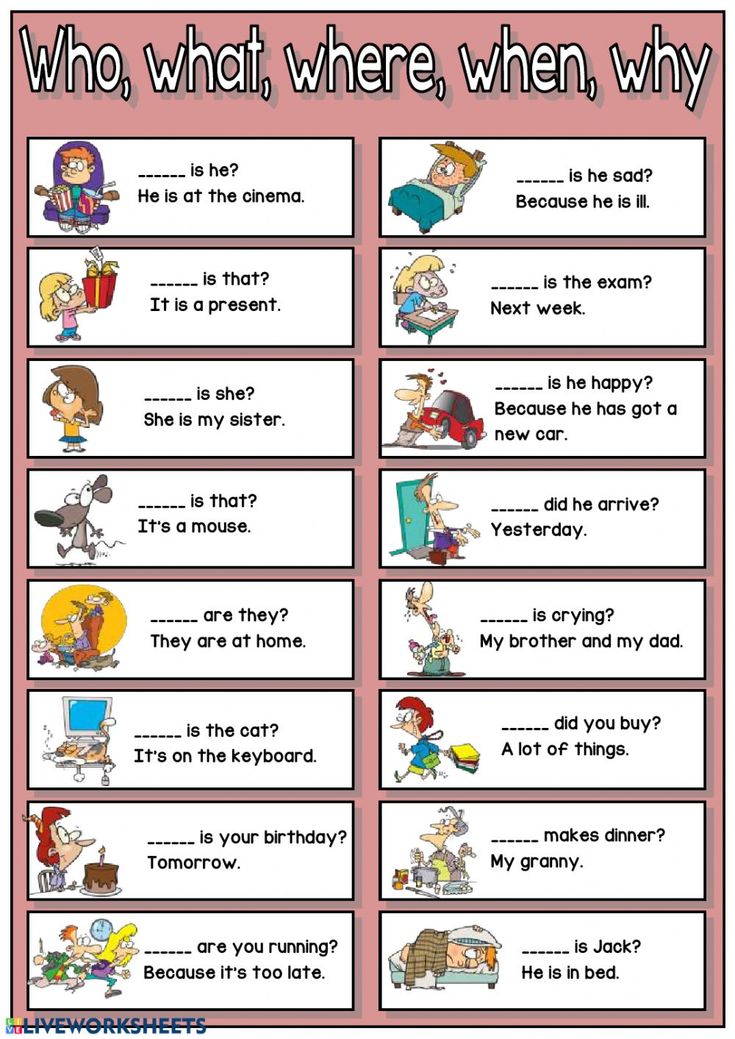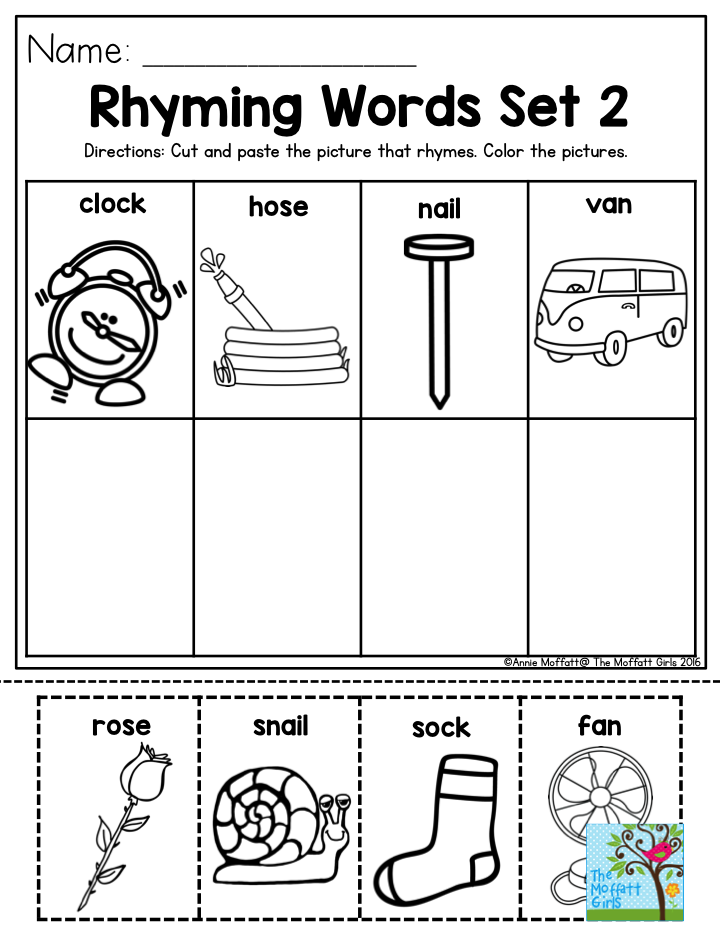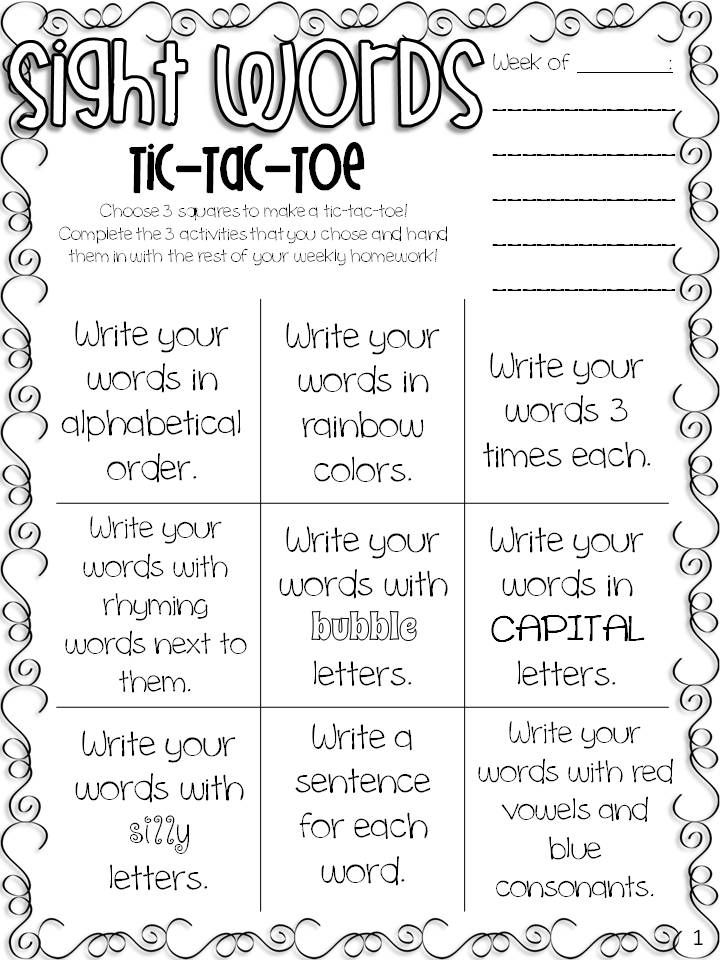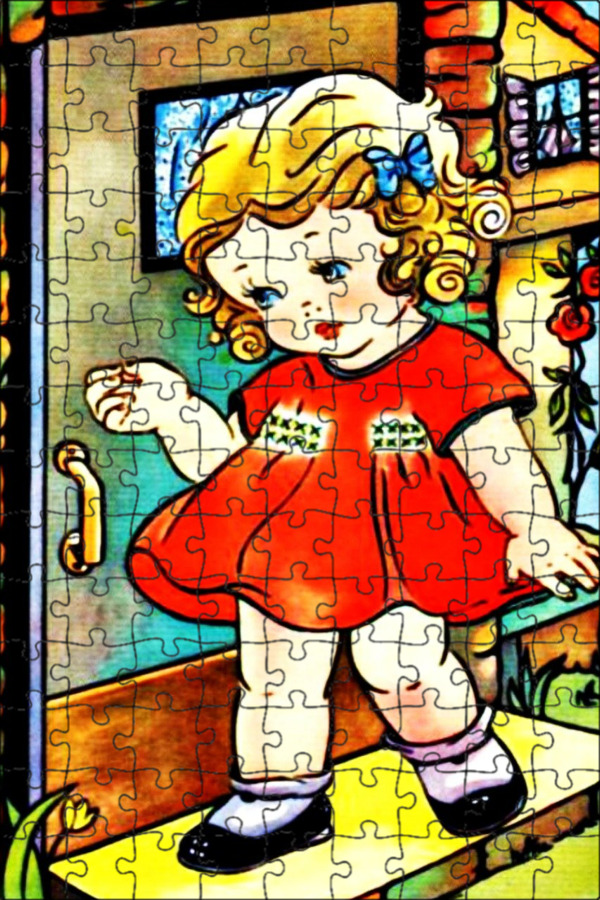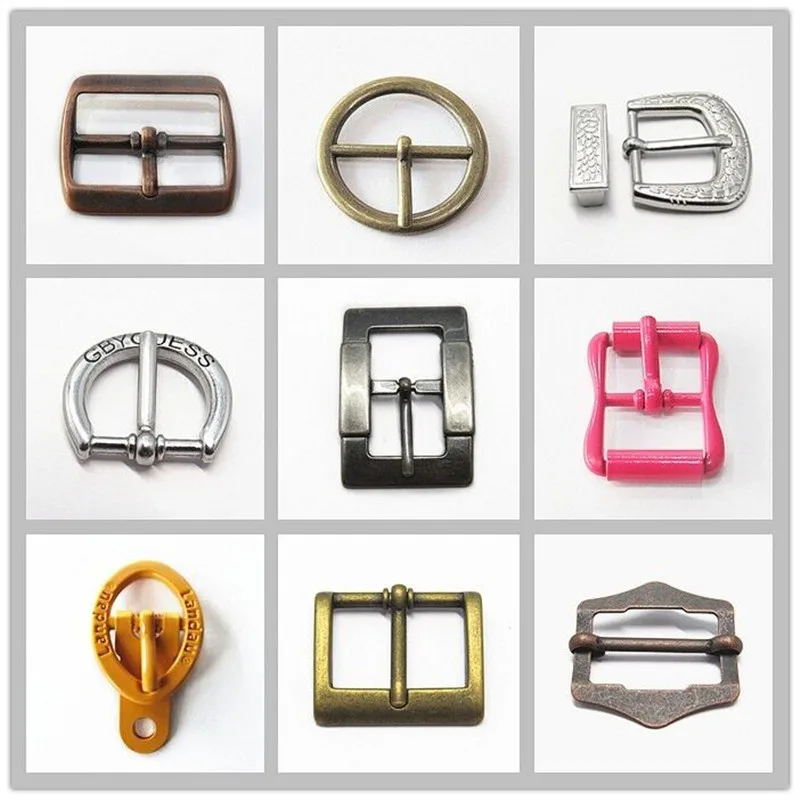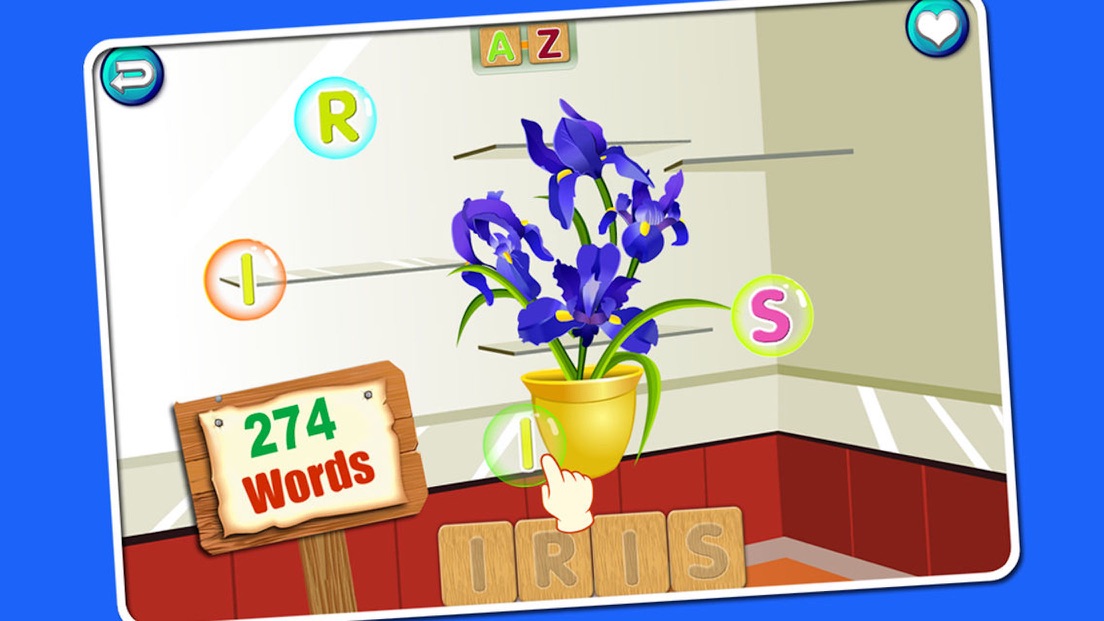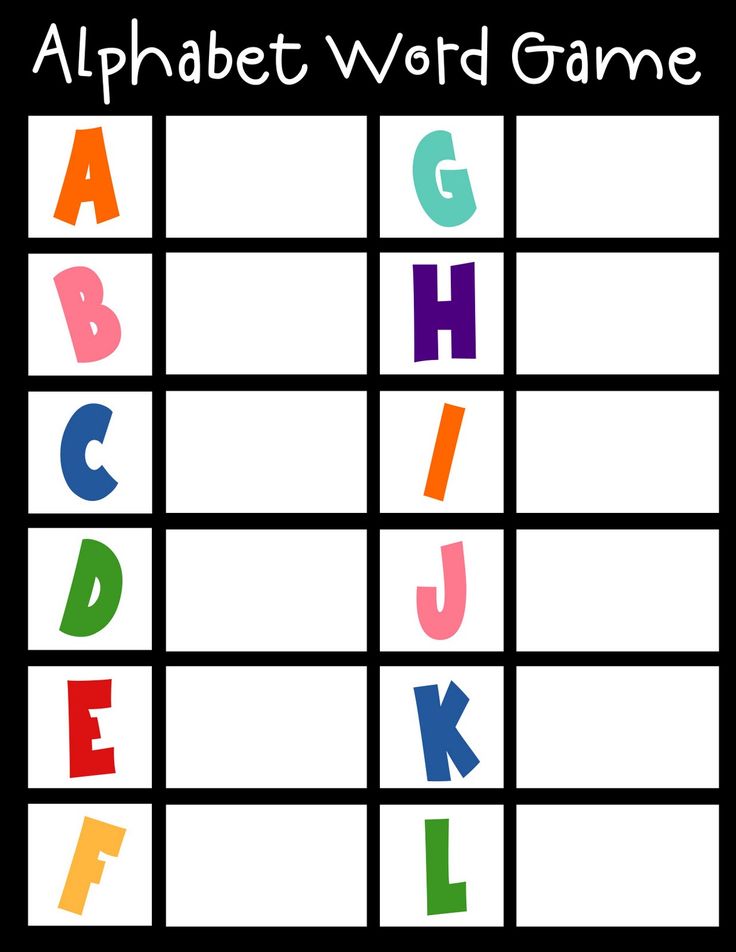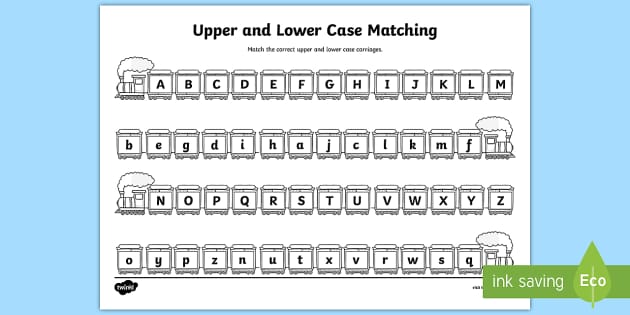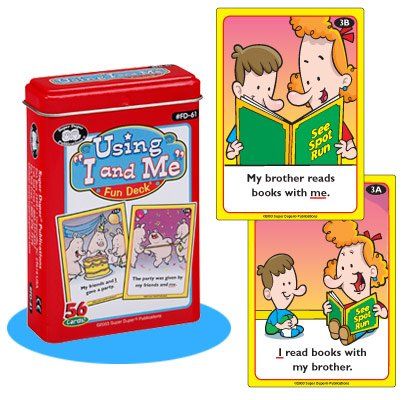Short vowels in cvc words
Free Printable Short Vowel Word Families
CVC words, or consonant vowel consonant words, are normally the first words children learn to write and read. These short vowel words include 3 sounds, a beginning sound, a middle vowel sound, and an ending sound. Kindergarten and first grade teachers use CVC words often in reading and writing instruction. However, sometimes coming up with CVC words on the spot, or simple short vowel words on the spot can be tricky. That’s why I’ve compiled these handy lists of CVC and short vowel words by vowel sound.
Scroll to the end of the post to download the free printable lists from my free resource library for email subscribers.
How to Use the Lists
These lists can be used any time you need some easy to read or easy to build short vowel words. Print them out and keep them as a reference for guided reading. You can also use these lists to help build spelling lists, work on segmenting or building CVC words, or to practice mapping words based on sounds if you follow the science of reading in your classroom.
You can also find these words in handy ready to print student friendly lists here.
Short Vowel CVC Word Family Lists
Below are consonant vowel consonant word lists. They’re grouped by vowel for easy use. First I’ve included CVC words with a single consonant, vowel, and then consonant. Although they’re not CVC words, I’ve also included some words that are short vowel words that still fall within the word families. Sometimes students are ready to add a digraph or blend to a CVC word, and it’s helpful to have some more complex words handy. I’ve also included names in the list which can be handy if you’re working on writing decodable passages or sentences.
Short a CVC Word Lists
at wordsbat, cat, sat, hat, rat, mat, fat, pat, vat
flat, splat, that, brat, chat, gnat
ap wordscap, map, nap, lap, gap, rap, sap, tap, yap, zap
clap, flap, slap, snap, trap, wrap, strap
an wordsban, can, man, fan, pan, ran, van, tan, Dan
clan, plan, scan, span, than, bran
ad wordsbad, dad, lad, had, mad, fad, pad, sad, rad, tad
clad, grad, glad
am wordsbam, jam, ham, Pam, Sam, dam, jam, ram, yam
clam, cram, slam, gram, scam, scram, tram, wham, swam
ag wordsbag, gag, lag, nap, rag, sag, tag, wag, zag
drag, flag, snag, swag
ax wordswax, tax, fax, lax, max
flax
ack wordsback, hack, sack, lack, Jack, pack, rack, tack, Zack
black, crack, quack, snack, stack, track, smack, slack
ank wordsbank, tank, rank, sank, yank, dank, Hank
plank, blank, prank, clank, thank, crank, flank, drank
and wordsband, hand, land, sand
brand, bland, gland, grand, stand, strand
misc. short a CVC words
short a CVC wordsyak, gas, gal, pal
Short e CVC Word Lists
en wordshen, men, den, pen, ten, Ben, Jen
when, then
et wordsbet, set, met, net, vet, let, jet, get, pet, yet, wet
fret, whet
ed wordsbed, med, led, fed, Ned, red, wed
shed, bled, fled, sled, sped, shred, sled, pled, Fred
eg wordsbeg, peg, leg, keg, Meg
ell wordsbell, sell, yell, cell, dell, fell, jell, tell, well, Nell
smell, spell, swell, quell, shell
eck wordsdeck, neck, peck, Beck
check, speck, wreck, fleck
end wordsbend, tend, mend, fend, send
blend, spend
ent wordsbent, sent, cent, dent, tent, gent, vent, lent, went, rent
spent, scent
misc. short e wordsyes, web, Deb, gem, hem, pep, yep, step, stem
Short i CVC Word Lists
it wordsbit, fit, sit, hit, kit, lit, pit, sit, wit
skit, spit, split, quit, slit knit
ip words,dip, hip, lip, nip, kip, rip, sip, tip, zip
clip, drip, flip, ship, skip, trip, whip, chip, grip, strip, snip
in wordsbin, kin, fin, din, sin, pin, tin, win
shin, chin, grin, spin, skin, thin, twin
ig wordsbig, dig, fig, jig, pig, rig, wig, zig, gig
twig, sprig
id wordsmid, bid, lid, kid, hid, did, rid
grid, skid, slid, squid
ib wordsbib, fib, rib, nib
crib
im wordshim, dim, sim, rim, Jim, Kim, Tim
whim, swim, brim, grim, slim
ill wordsbill, dill, fill, gill, will, hill, mill, pill, sill
Jill, chill, drill, frill, skill, spill, still, grill, quill, krill, trill, thrill, shrill
ick wordsnick, lick, sick, pick, tick, Rick, wick, kick
quick, thick, slick, stick, brick, chick, trick
ing wordsding, king, sing, ring, wing, ping, zing
bring, sling, sting, cling, fling, thing, swing
ink wordslink, pink, wink, rink, sink, kink
blink, stink, brink, think, clink, drink, slink, shrink
misc.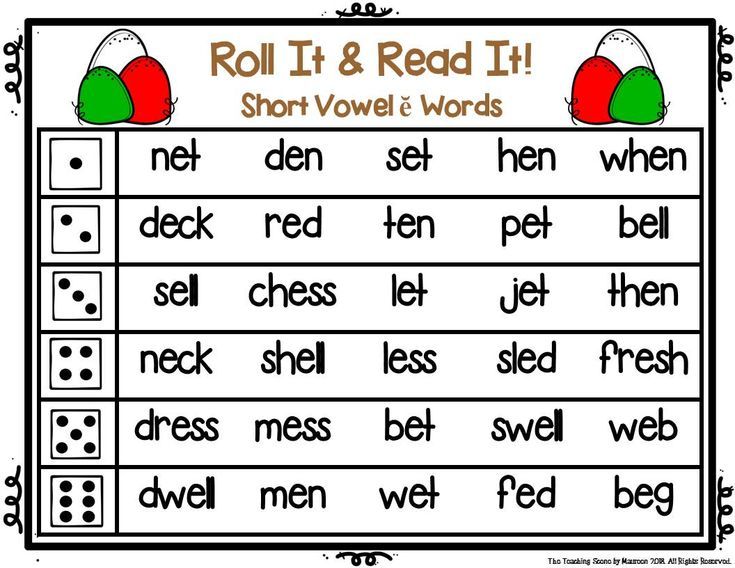 short i words
short i wordsthis, mix, six, fix
Short o CVC Word Lists
ot wordsbot, cot, dot, got, hot, jot, lot, not, pot, rot, tot
blot, clot, knot, plot, shot, slot, spot, snot, trot
op wordsbop, cop, hop, lop, mop, pop, sop, top
chop, clop, crop, drop, flop, stop, shop, plop, slop, prop, glop
ob wordslob, cob, Bob, rob, mob, sob, job, gob
blob, glob, knob, slob, snob, throb
og wordsbog, cog, dog, fog, hog, jog, log
clog, frog, smog, blog, slog
ox wordsbox, lox, fox, pox
od wordsrod, sod, pod, cod, nod, mod, bod, God
prod
ock wordslock, mock, dock, rock, jock, sock, hock, tock
block, knock, stock, clock, crock, flock, shock, frock, smock
misc. short o wordsmom, Tom, prom, doll, con, Ron
Short u CVC Word Lists
ut wordsbut, cut, nut, hut, rut, gut, jut
shut
ug wordsbug, rug, dug, jug, hug, tug, lug, mug, pug
slug, plug, chug, snug, shrug
ub wordstub, rub, cub, hub, sub, nub, dub, pub
club, grub, stub, shrub
un wordsbun, fun, sun, run, gun, nun, pun
stun, spun, shun
ud wordsmud, bud, cud, dud
thud, stud, spud
um wordsbum, gum, hum, mum, sum
chum, drum, glum, plum, scum, slum
uck wordsduck, luck, suck, tuck, buck, puck, muck, yuck
truck, chuck, cluck, pluck, stuck, struck, shuck
ump wordsbump, dump, hump, jump, lump, pump
chump, frump, grump, plump, slump, stump, thump, trump
misc.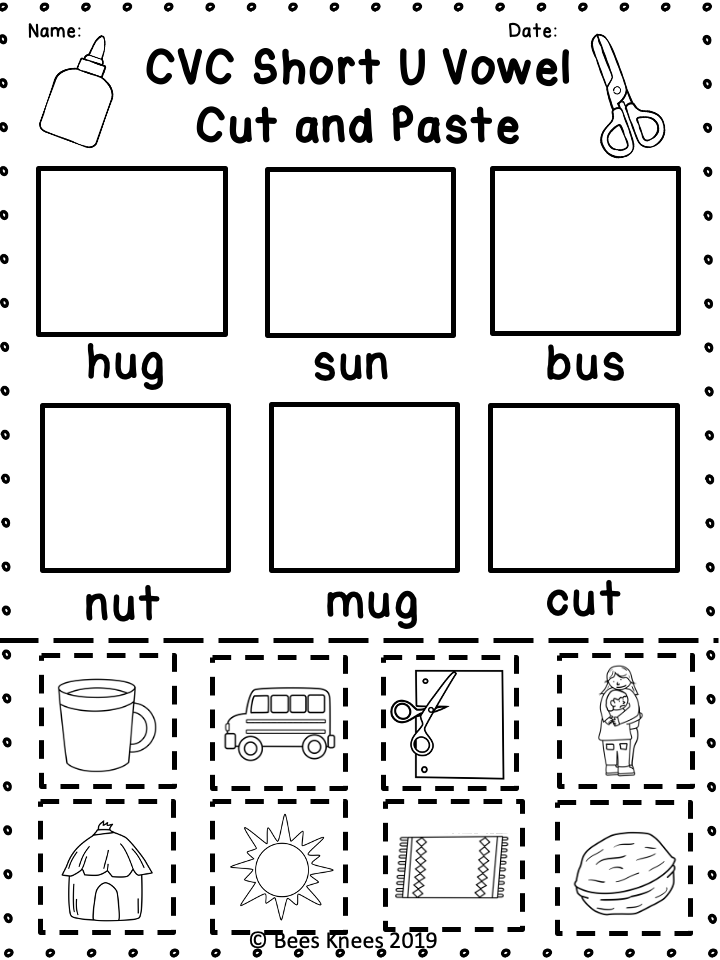 short u words
short u wordspup, cup, bus
thus, flux
Click the picture below to download the free printable lists from my free resource library for email subscribers.
Find me on Instagram, Facebook, Twitter, and Pinterest!
Join my FREE Facebook Club for k-2 teachers here.
Teaching Short Vowels in CVC Words
I love when students are ready to start learning about and working with short vowels in CVC words! It is so much fun to see them merge together what they have learned about initial and final consonants, word families, and digraphs and blends and truly begin to make exponential gains in their ability to read and write new words every day.
If you have students ready to dive in to short vowels in CVC words, bookmark this blog post for helpful student-friendly definitions and examples, tips on when to introduce short vowels and in what order, and fun ideas for practicing short vowels in CVC.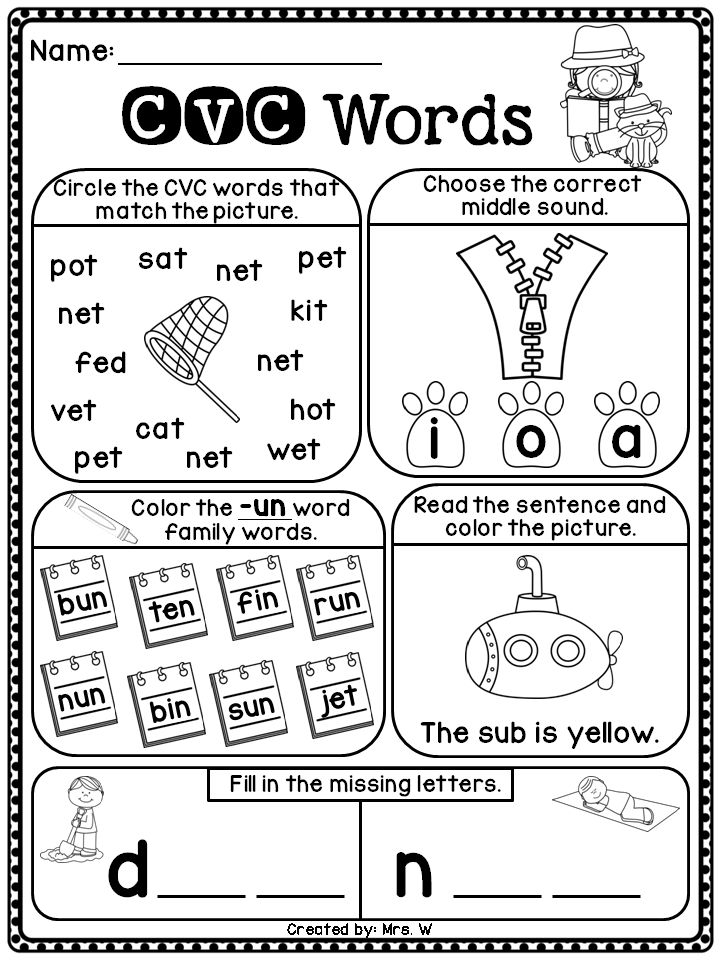
Vowels consist of a, e, i, o, u, and sometimes y. Each vowel can make two different sounds, a long sound or a short sound.
A long vowel sound says the name of the letter. For example, in the word “acorn”, the a says it’s name and is therefore a long vowel sound.
On the other hand, short vowel sounds are in short form and are not pronounced the same as saying the letter in the alphabet. For example, in the word “apple”, the a makes a short vowel sound.
Here are some examples of a, e, i, o, and u words that have short vowel sounds:
a: cap, bat, mat, lap, rap, tag, bag
e: bed, peg, get, wet, led, jet, net
i: rid, kid, rig, fit, pit, lip, big
o: got, not, mop, cog, hot, rod, pot
u: cup, hut, cut, pup, mud, rug, tug
Why is teaching short vowels important?Short vowels are the gateway to students recognizing the presence of patterns within the English Language.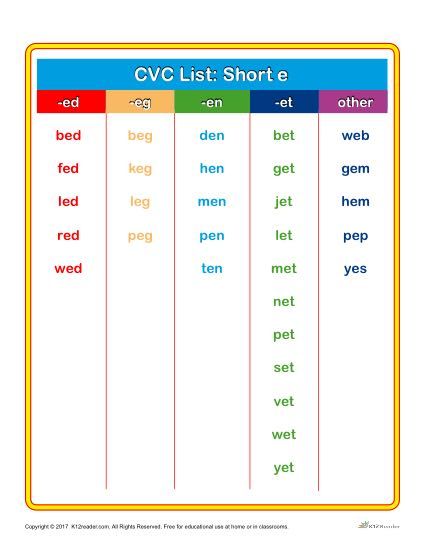 Prior to being introduced to short vowels, students are hard at work learning that consonant sounds can be represented with letters in the alphabet. With the introduction of short vowels, students begin to learn two key truths about the English language:
Prior to being introduced to short vowels, students are hard at work learning that consonant sounds can be represented with letters in the alphabet. With the introduction of short vowels, students begin to learn two key truths about the English language:
1) Many words are made up of a consonant, followed by a vowel, followed by another consonant (CVC).
2) When a word is made up of a CVC pattern, the vowel sound in the middle is almost always short.
👉 Without direct instruction, some students do not readily grasp that words in the English language are made up of common patterns and letter pairings. This is especially true if hearing and repeating sounds, spelling, or reading at their developmental level comes with difficulty for them.
Students need help seeing that many words belong to word families or have similar patterns so that every word they encounter does not present itself as a new learning challenge for them. This understanding also helps them connect new learning to previously learned words and word pattern concepts.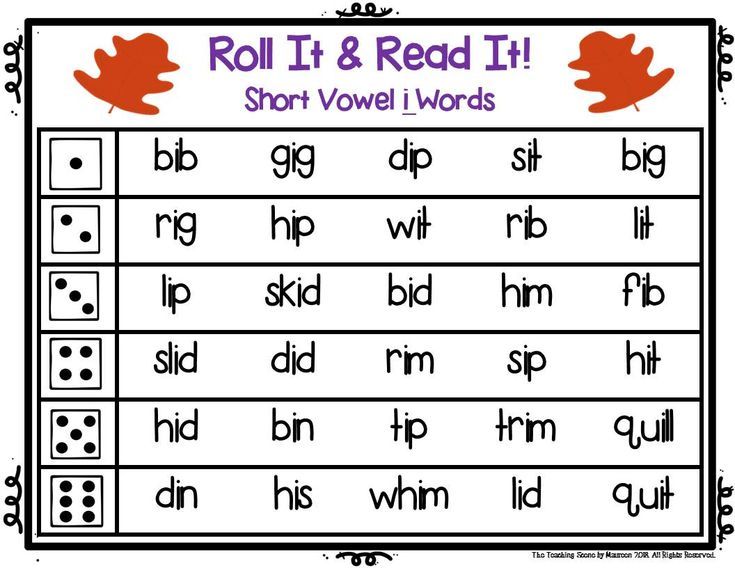
Knowing that there are patterns within the English Language and being taught how to recognize and look for them when encountering new words is a powerful, impactful shift within a students’ learning process!
When should you introduce short vowels?As soon as students can identify beginning consonant sounds in CVC words and are showing some success in using consonants in the final position of words, it’s time to practice identifying short vowel sounds in CVC words. This is the next developmental step to move students from isolating individual phonemes to phonological blending. Many agree that introducing short vowels first with word families containing the same vowel (same-vowel word families) provides more support for students before jumping into word lists with a mixture of short vowels in CVC words (mixed short vowels) in isolation.
***If you are looking for information on same-vowel word families, please visit this previous post on the topic! Need tips for supporting students in all phases of the Letter Name-Alphabetic stage? Get those here!
IN WHAT ORDER DO YOU TEACH SHORT VOWELS?There are a lot of opinions on this topic.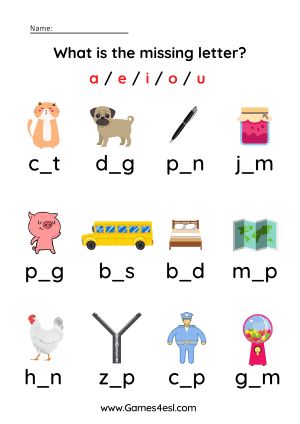 While there is no right or wrong way, a very common order for introducing short vowels is starting with a, and following with i, o, u, and then saving e for last. Some teachers prefer to introduce each vowel in isolation, while others argue that it is best to pair two together to provide contrast for students. Most seem to agree that it is best to separate the i from the e because they can sound so similar, especially depending on a student’s accent.
While there is no right or wrong way, a very common order for introducing short vowels is starting with a, and following with i, o, u, and then saving e for last. Some teachers prefer to introduce each vowel in isolation, while others argue that it is best to pair two together to provide contrast for students. Most seem to agree that it is best to separate the i from the e because they can sound so similar, especially depending on a student’s accent.
Remember, if you are following the order recommended in my blog posts, students have already had a unit on same-vowel word families where they worked with short a (-at, -an, -ad, -ap, -ag), short o (-op, -ot, -og), short e (-et, -eg, -en), short u (-ug, -ut, -un) and short i (-ip, -ig, -ill).
Words Their Way suggests first introducing short vowels with more pictures than words to give students more support and ensure they are not simply looking at the medial vowel, but hearing it when they sound out a word.
Short A and O in Pictures and Words - rag, beg, tag, box, rod, pop
Short I and U in Pictures and Words - lid, zip, wig, cut, pup, gum
Short E, I, O, and U in Pictures and Words - net, leg, dig, pin, cot, rod, mud, run
After students have experience with saying and listening for the medial vowel sound, students are ready to focus more on representing what they hear in their spelling of the words.
Short A and O in Easy CVC Words - jam, wag, map, mom, hop, fox
Short I and U in Easy CVC Words - kid, win, bit, rub, fun, hut
Short E, I, O, and U in Easy CVC Words - wet, pet, sip, kit, not, hot, bus, cub
Once students have had ample practice and success with reading and spelling easy/simple CVC words, they are ready to apply what they have previously learned about digraphs and blends to CVC words. Whereas previously, they worked on correctly identifying and spelling the digraph or blend part, now they’re ready to spell CVC words with initial and final digraphs and blends in their entirety.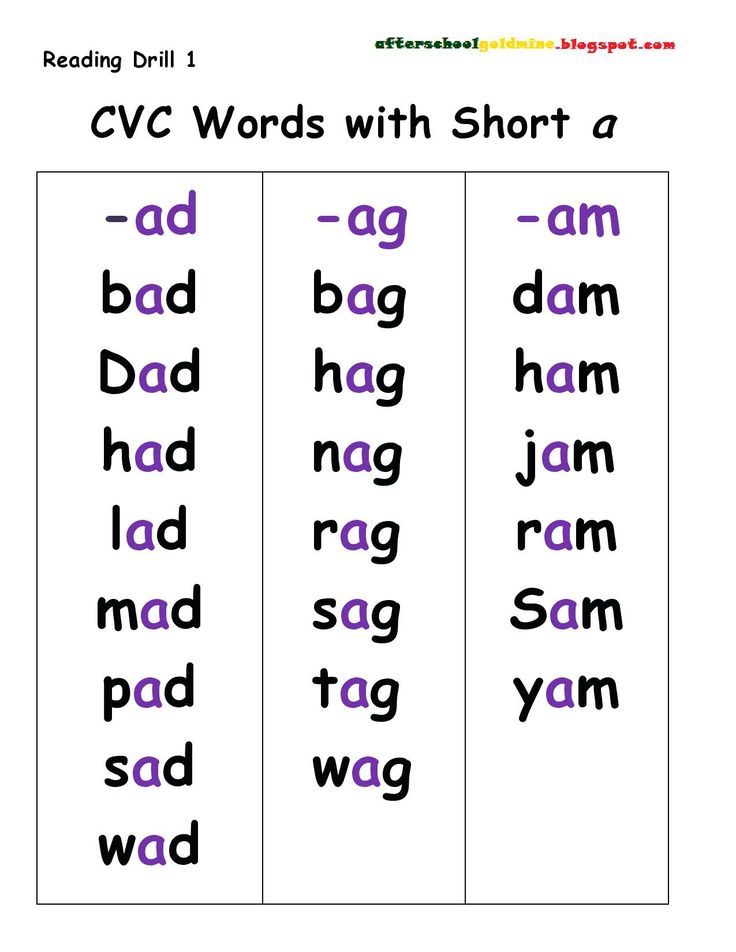
Short A, I, and E with Initial Digraphs - chap, wham, chip, thin, shell, shed
Short A and I with Initial Blends - crab, drag, grill, grip, clap, plan, slip, flip
Short E, O, and U with Initial Blends - plot, trot, slob, frog, sled, fret, glum, slug, drum, truck
Short Vowels with Final Digraphs -SH, -CH, -TH, -SS, -CK - cash, path, wish, miss, clock, boss, rush, stuck
Short Vowels with Final Blends -SK, -ST, and -SP - mask, grasp, desk, nest, fist, lisp, lost, cost, tusk, dust
Short Vowels with Final Blends - FT, -PT, -LF, -LP, and -LT - raft, scalp, wept, self, gift, lift, wolf, golf
* Note: I've linked each of these short vowels in CVC words to resources that can be used to teach these skills. You can find the bundle for Short Vowels in CVC Words here.
What types of activities benefit students who are working with short vowels in CVC words?Engaging students in games and activities with LOTS OF PICTURES that show CVC words is very important as students move toward the end of the Letter Name-Alphabetic stage.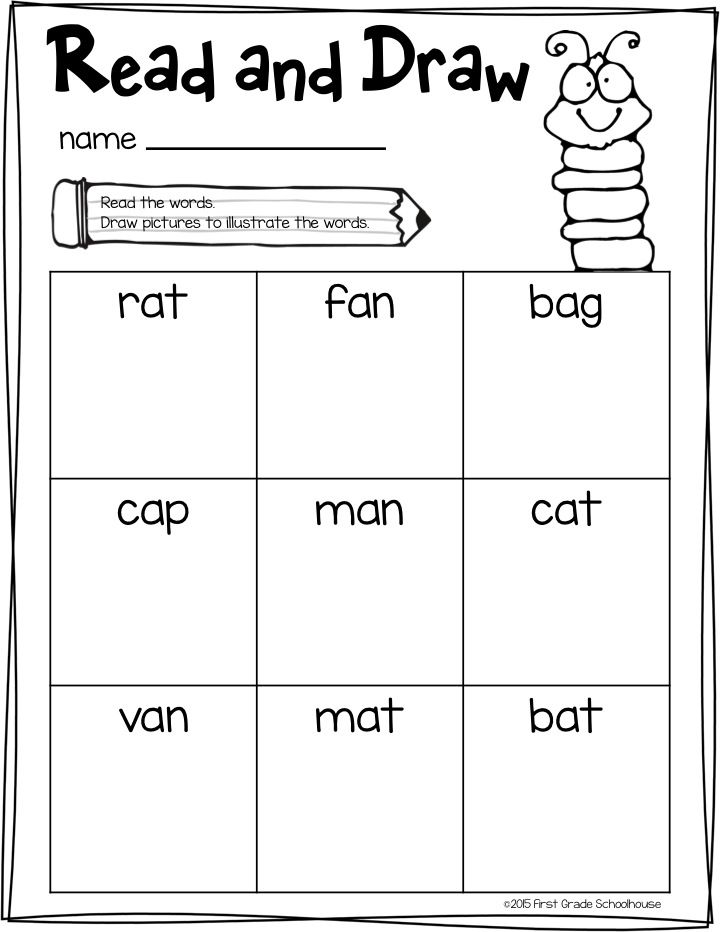 When students are challenged to build or write the word being depicted by an image, they are compelled to practice their phoneme segmentation skills, or what they hear in a word vs simply relying on what they see when looking at the written word.
When students are challenged to build or write the word being depicted by an image, they are compelled to practice their phoneme segmentation skills, or what they hear in a word vs simply relying on what they see when looking at the written word.
🌟 NOTE: In the examples below, I've linked the games and activities I've created for teaching and practicing short vowels in CVC words.
For example, in Hop Around the Map, students take turns drawing cards that contain a picture depicting a short a or short o CVC word. They must say the word the picture depicts aloud, listening for the medial vowel sound that is heard. Then students must find a word on the gameboard with a matching initial consonant and final consonant sound. The word on the gameboard has a missing medial vowel that students mentally fill in and record on their recording sheet. As students record each word on their recording sheet, they sort them by the medial vowel sound.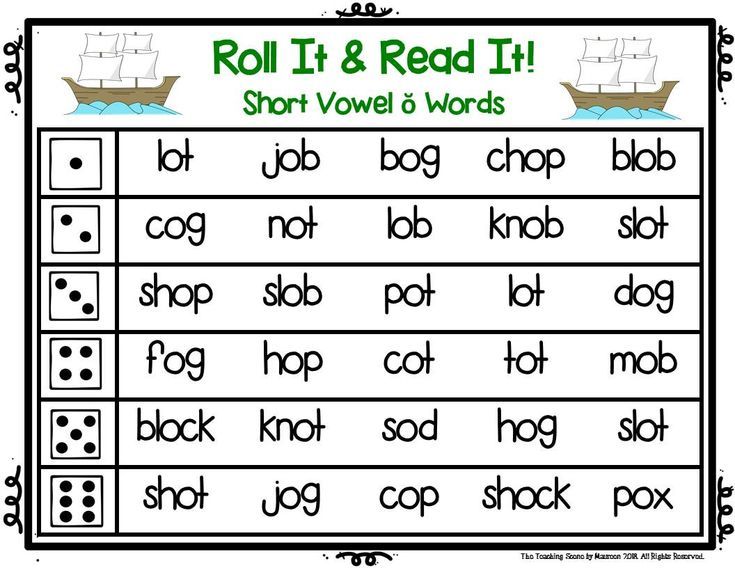
I also use Spin, Cover, Write, Check activities a lot during this unit because of its heavy incorporation of pictures. In this particular Spin, Cover, Write, Check for Short A, I, and E with Initial Digraphs, students choose from versions of the spinner and 4 versions of the picture board. They spin for a short vowel sound or initial digraph and cover images that match the vowel sound or digraph they spun. Students must use their phonological blending skills to apply what they have been learning and spell the word they covered on their recording sheet.
When teaching short vowels in CVC words, I like to ensure that the activities and games I choose to use incorporate a lot of opportunities for students to not only see and practice spelling CVC words, but also to hear the medial vowel sound and how all the individual phonemes or sounds are blended together. I also like to get the biggest bang for my buck by choosing resources that allow students to interact with word patterns in many ways at once–identifying, blending, sorting, comparing, matching, reading, and writing in this case.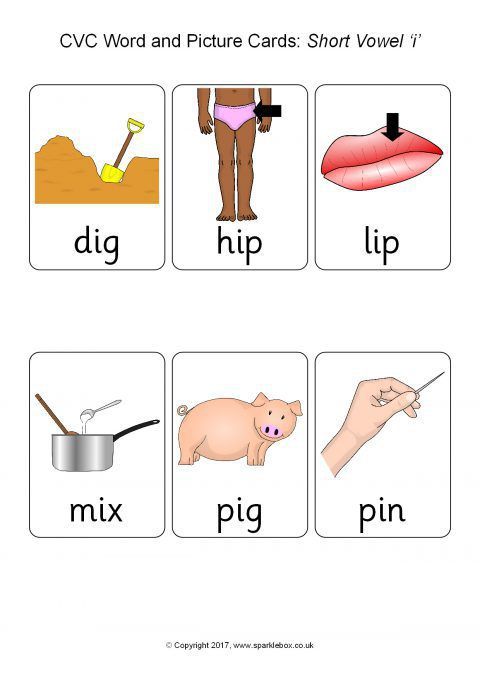
If you’re looking for done-for-you resources such as these, check out my Short Vowels in CVC Words Bundle.
TAKE A MOMENT TO REAP THE FRUITS OF YOUR LABORWhile it is rare to have moments in teaching where you are able to sit back and give yourself a pat on the back while watching your students succeed, seize this moment in time! You have been hard at work teaching students how to represent beginning and ending sounds, guiding them to correctly identify and represent medial vowel sounds, training them to see the patterns that exist within word families in CVC words, and supporting them as they learn about and begin using common digraphs and blends.
Now it is time to let the magic happen and let all the puzzle pieces fall into place as students become ravenous readers and spellers of CVC words!
Allow students to revel in this stage by providing them with LOTS of varied opportunities to merge all that they have learned up to this point and build more confidence as they forge ahead!
Have students in the Letter Name-Alphabetic Stage that are ready to work on other concepts? Check out these helpful posts:
Supporting Students in the Letter Name-Alphabetic Stage
Teaching Beginning Consonants Letters and Sounds
Teaching Phonics Word Families
Teaching Beginning Digraphs and Blends in CVC Words
Teaching Preconsonantal Nasals in CVC Words
LOOKING FOR MORE LETTER-NAME ALPHABETIC RESOURCES?You can get all of the Letter Name-Alphabetic Stage games in a time-saving, money saving bundle!
NOTE: The Letter Name word searches and word study notebook are also included in bundles for all 4 levels of Words Their Way if you need those!
Ha-ha-ha, 55555, kkkkk: how they laugh in SMS in different languages
Subscribe to our newsletter "Context": it will help you understand the events.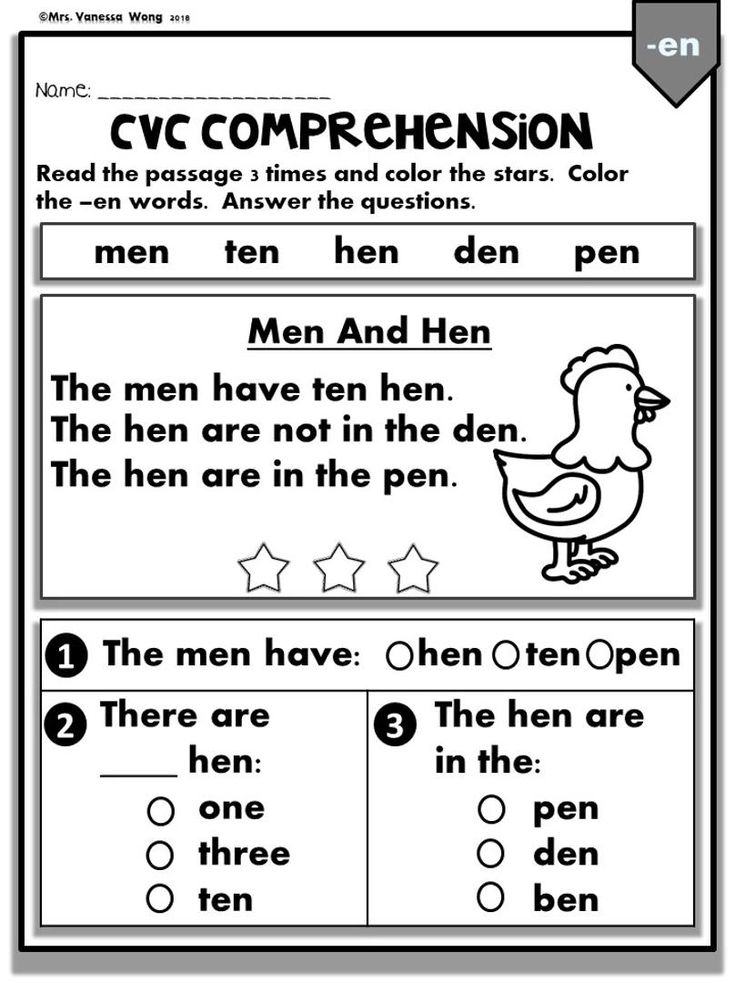
Image copyright, Getty Images
Image caption,"Haha, very funny" is faster and easier to write than "I'm holding my stomach at the moment because you made me laugh"
What are you write in correspondence with friends if it's funny to you: "ha ha" or "oh my god, this is so funny, I can't stop"?
Everyone knows that most people won't waste time writing extra text in messages.
That is why onomatopoeia has become so popular all over the world - words that are onomatopoeia, which can display any sound that is understandable to everyone, for example, a buzzing, mooing of a cow or a quacking of ducks.
- The battle for the future of the internet is heating up - but what kind of internet?
- Why we hate email but love instant messengers
So laughter is a sound that can be represented by a certain letter combination, equally understandable in all countries of the world, isn't it? And no, it's not like that.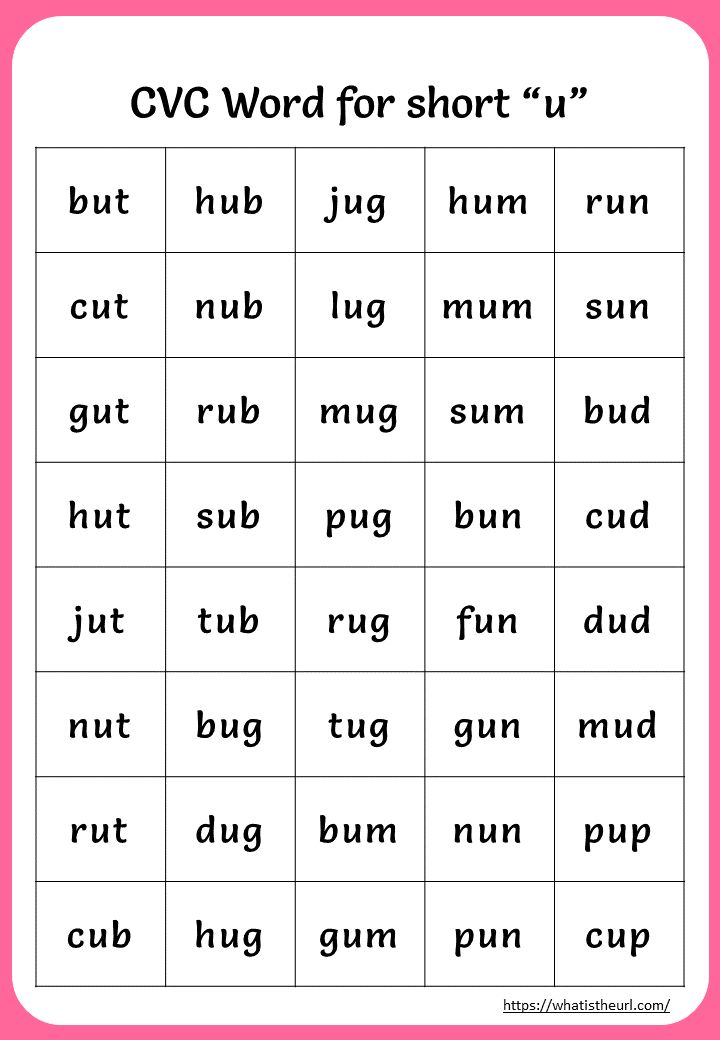
It may sound more or less the same when we laugh live, but in writing, people in different countries denote laughter differently.
1. Xaxaxa and olololo
Image copyright, Getty Images
Image caption,It turns out there are many ways to express laughter in writing
In Greece (Greek) or Russia (Cyrillic), if you need a good laugh, write xaxaxa . By the way, the same is true for several dozen more languages that use the Cyrillic alphabet.
But if you want to be original in Russian, then write olololo .
2. Ha ha
According to the Oxford English Dictionary, the correct way to write laughter in English is ha ha (ha ha) or Ha ha ha! (Ha ha ha!).
But in texting, we tend to want speed, simplicity, and spontaneity, so we'll probably text (or get texted to) in one go - haha (haha).
If, in addition to humor, you want to add a touch of self-satisfaction to your message, then you can write hehe (hehe), but keep in mind that your interlocutor may not like it.
3. Kkkkk
Image copyright, Getty Images
Image caption,Kkkkkkkkkk!
If you want to show that you are having fun in Portuguese or Korean, feel free to write kkkkkk (kkkkkk).
People whose native language is Portuguese, especially Brazilians, convey laughter in writing with the letter K. If you really find it funny in correspondence, then feel free to put a lot of K in a row - kkkkk. Although sometimes Portuguese speakers write rsrsrs - short for risos (laughter).
Korean and Portuguese have little in common, except when the conversation becomes funny. Koreans represent laughter with the character ㅋ which sounds like K.
By the way, in many languages people express their cheerful mood with the sounds K or X.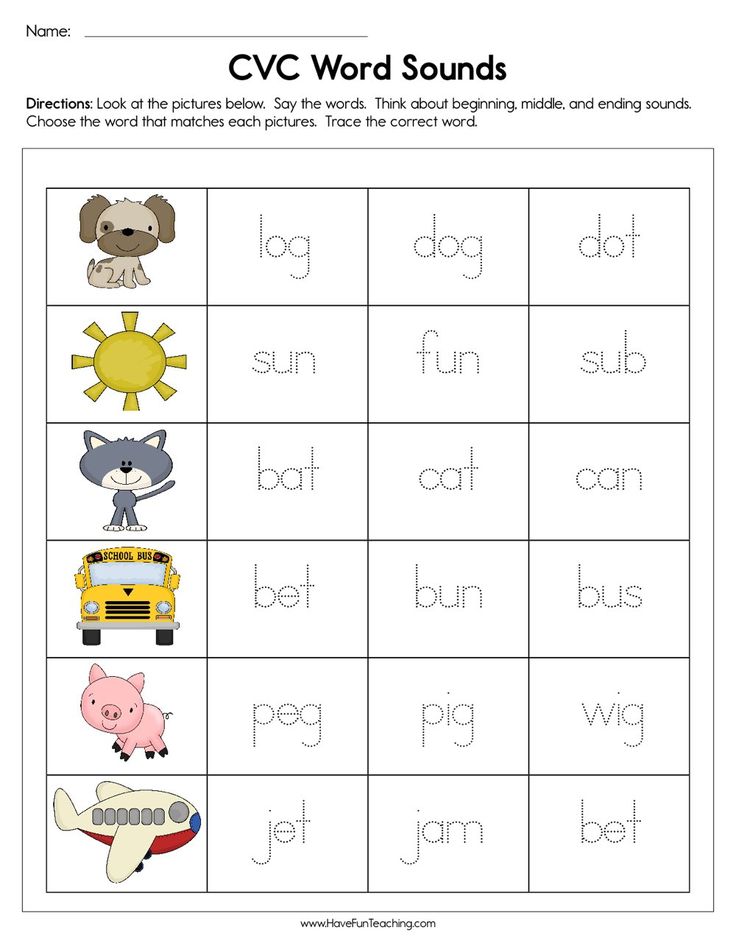
Bantu), which is spoken by more than eight million people in the Democratic Republic of the Congo and neighboring countries, use the letter combination
kiekie . And if it's very funny, lengthen the segment - kiekiekie .
5. Jajaja
Image copyright, Getty Images
Image caption,Many languages have the letter X or K in their sounds for laughter. write "Ja, ja, ja", but in correspondence they break the rules and use jajaja , and the longer the segment, the funnier the sender - jajajajaaaa .
Je - a more reserved version, jejeje - a mischievous laugh, jijiji - conveys the ambiguity of the situation, but jojojo means "I'm just lying with laughter."
6. mdr
So, there is no onomatopoeia in this variant. In French, laughter is also written hahaha, but the French often replace this with the letter combination mdr .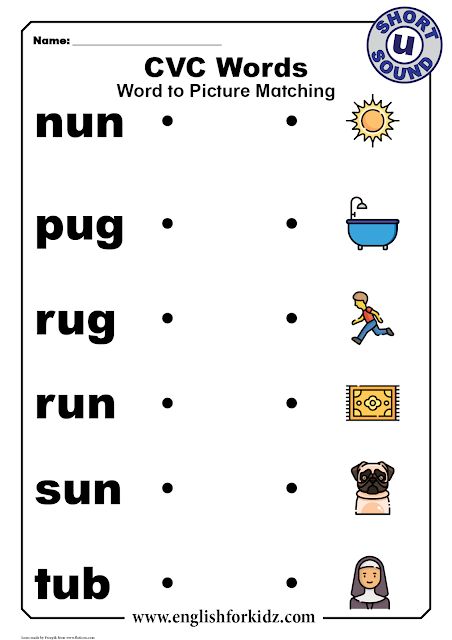 It's short for mort de rire (I'm dying of laughter), and it's much faster to dial it on your phone.
It's short for mort de rire (I'm dying of laughter), and it's much faster to dial it on your phone.
7. lwkmd
Image copyright Getty Images
Image caption,Nigerians use a rather complicated abbreviation, but it makes a lot of sense
People in Nigeria also prefer the abbreviation, not because it's shorter than hahaha, but because it makes more sense. Lwkmd consists of a loose and primitive interpretation of the English words laugh wan kill me die (laughing to death because it's terribly funny).
8. 555555
If you receive a text from your boyfriend or girlfriend from Thailand with multiple numbers 5 in the text, know that he/she is in a great mood.
The Thai language belongs to the Thai-Kadai language group, in which the meaning of words changes due to the intonation with which they are pronounced. The languages of this group are spoken by about 93 million people in Southeast Asia, southern China and northeast India.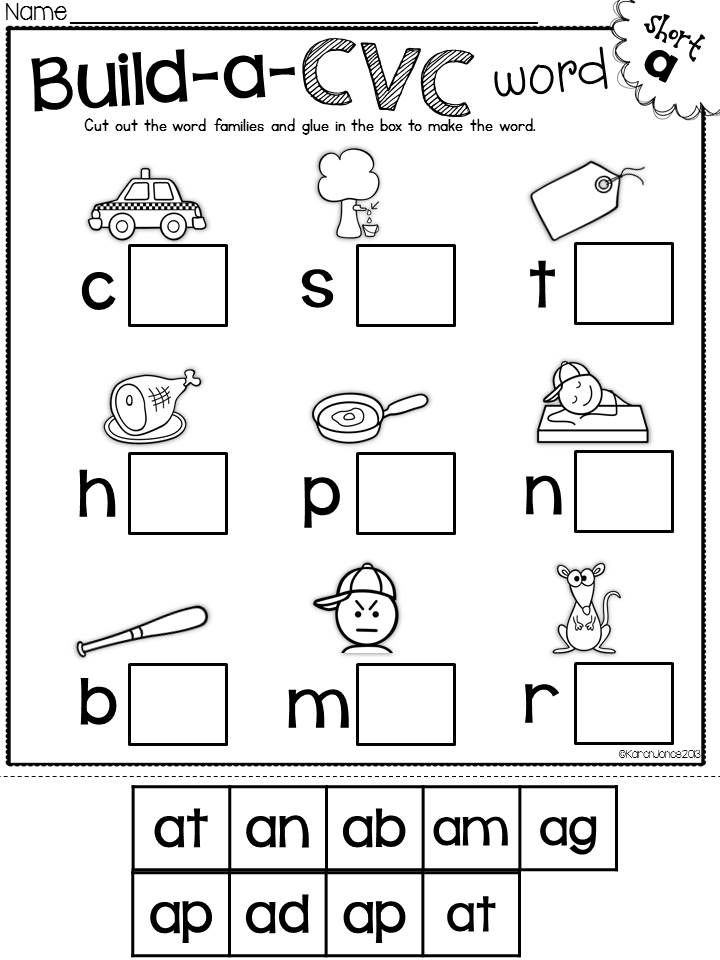
In Thai, the word "five" sounds almost like ha, so Thais use fives in writing, which is easier to type.
But if you are in China, be careful! In Chinese, "five" is pronounced like " wu " (wu), and this sound is very close to the sound of crying. Therefore, seeing a lot of fives, your Chinese friends may think that you are crying uncontrollably.
9. H (X)
Photo credit, Getty Images
Image caption,Ha-ha in Arabic - ههههه
Arabic script is the second most widely used alphabet after the Latin script.
It spread throughout the world as Islam spread, and was adapted as a writing tool in a number of other languages.
One of the features of the Arabic alphabet is that short vowels are usually not transmitted in writing, which means that there can be no ha in Arabic correspondence, only hhhhhhhh or ههههه .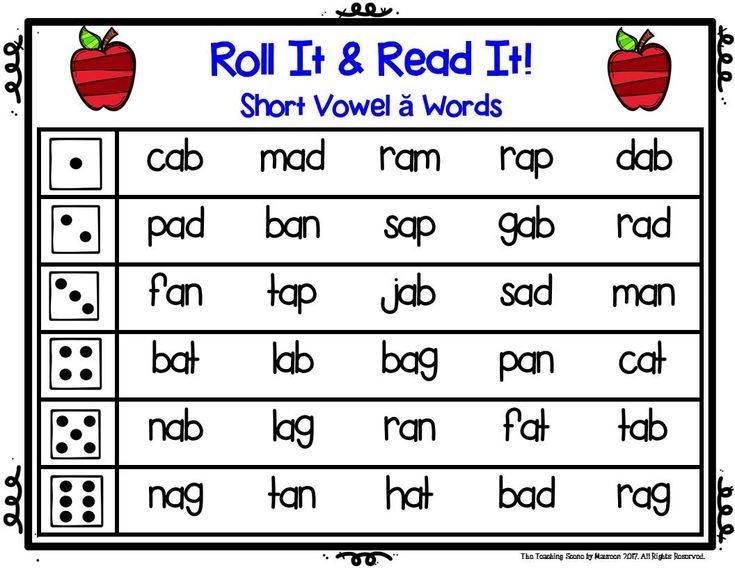
10. Www
In Japanese, the word for laughter is written warai (the character 笑い).
It's not easy to type it in quick messages, so the Japanese get by with www for moderate fun and wwwww when it's really, really funny.
11. Ha3
Image copyright, Getty Images
Image captionTexting and social media messaging is the easiest way to communicate
In Malaysia, the power of emotion has been taken to a new level. There you can simply write Na when it's fun, or you can write Ha3 (that is, Na x 3), which means - I'm dying of laughter.
12. Ahahah
If you think that the last letter h is superfluous, you are mistaken. The fact is that in Italian h is dumb, but it has the ability to transform the vowels standing next to it.
In this case, it is necessary so that it is immediately clear that the person is funny.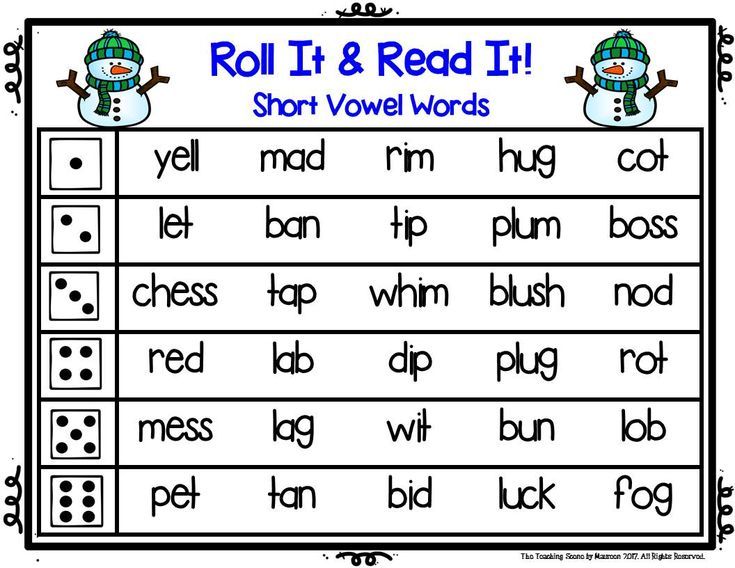 Otherwise, the meaning of this letter combination will be different and very strange, because in Italian the word ha is the verb to have.
Otherwise, the meaning of this letter combination will be different and very strange, because in Italian the word ha is the verb to have.
13. høhøhø
The crossed-out o is the letter of the Norwegian alphabet. To be honest, many Norwegians simply refer to laughter as hahaha, but if you want to be original - høhøhø is at your service.
And those who speak Danish, in general, can puzzle you like this - hæhæhæ , which is more like heh heh heh.
Vowel sounds and letters. How many are there in Russian?
We will teach you how to write without mistakes and make it interesting to tell
Start learning
The correct pronunciation of words is one of the components of beautiful and literate speech. To achieve this, you will first have to study the sounds themselves. In this article, we will figure out together what vowel sounds are, how many vowels are in the alphabet of the Russian language, and what sounds they can represent.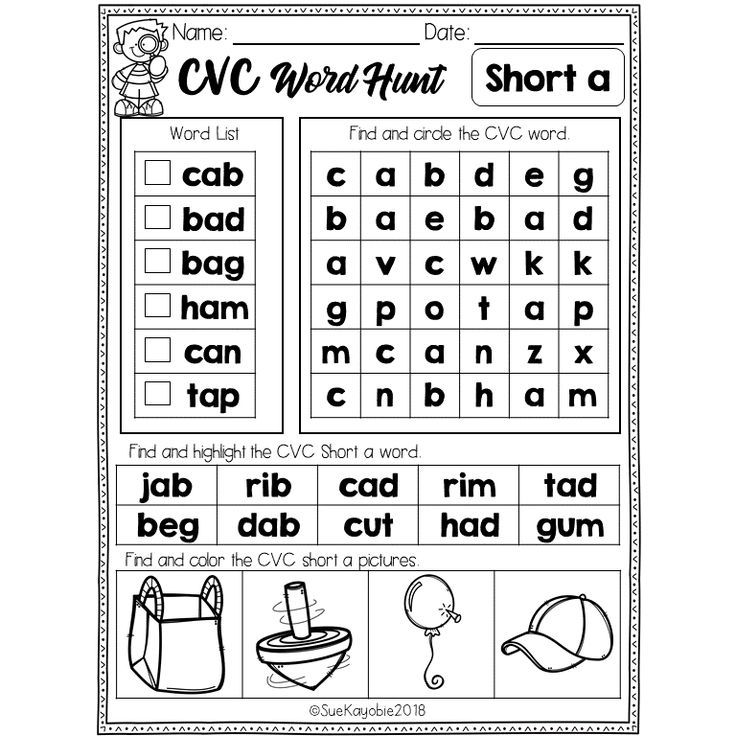
What are vowels and sounds
Vowel sounds are those sounds that we freely convey with our voice. Hence their name comes from: voice means "voice". When pronouncing, air exits through the mouth and does not create noise, and the position of the tongue and lips determines which vowel sound we will pronounce.
There are much fewer vowels in Russian than consonants. There are 6 of them in total: [a], [o], [i], [s], [y] and [e]. To understand whether a vowel sound is in front of you or not, try to sing it. For example:
-
a-a-a ,
-
y-y-y
-
s-s-s .
If it works, then the sound is a vowel. You can't do that with consonants.
There are more vowels than sounds - there are 10 of them: a, i, u, u, o, e, e, e, i, s .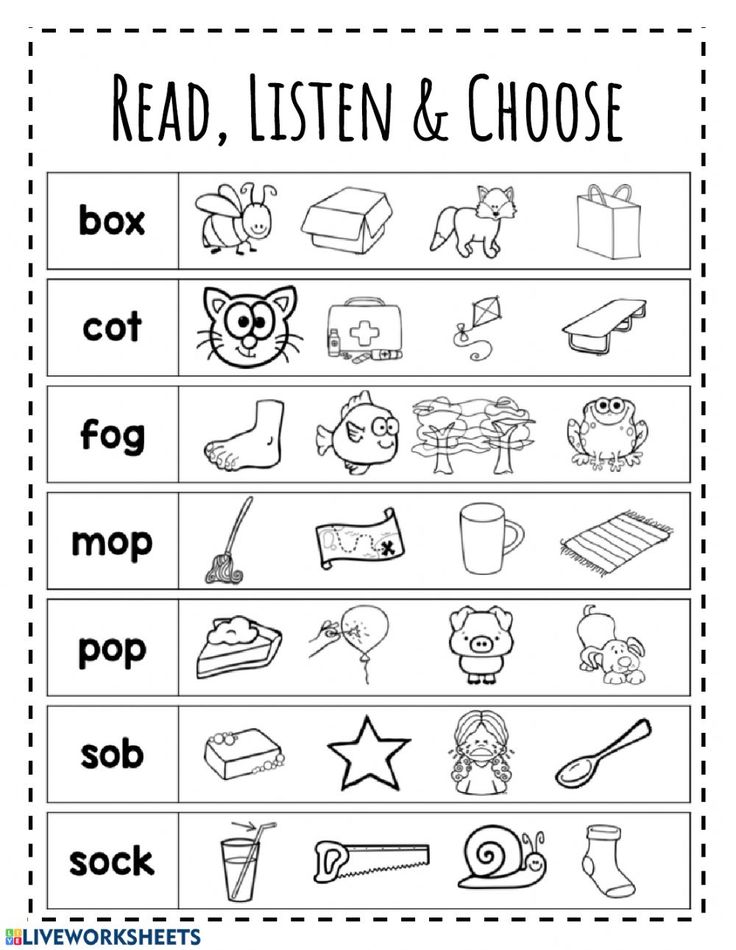 This difference is due to the fact that some of these letters can represent two sounds and are pronounced using a combination of a vowel and a consonant [y']. For example, in word spruce the letter e expresses two sounds - [y'] and [e]. Let's look at the table all the vowel sounds and the letters that represent them.
This difference is due to the fact that some of these letters can represent two sounds and are pronounced using a combination of a vowel and a consonant [y']. For example, in word spruce the letter e expresses two sounds - [y'] and [e]. Let's look at the table all the vowel sounds and the letters that represent them.
| Letter | Sound | Example |
|---|---|---|
| a | [a] | pharmacy |
| i | [a] [d'] + [a] | change anchor |
| y | [y] | moon |
| [y] [y'] + [y] | love skirt | |
| about | [o] [a] | horse milk |
| e | [e] [th'] + [e] [and] | victory raccoon great |
| e | [o] [d'] + [o] | rope hedgehog |
| e | [e] | evolution |
| and | [and] [s] | caviar life |
| s | [s] | choice |
Demo lesson in Russian
Take the test at the introductory lesson and find out what topics separate you from the "five" in Russian.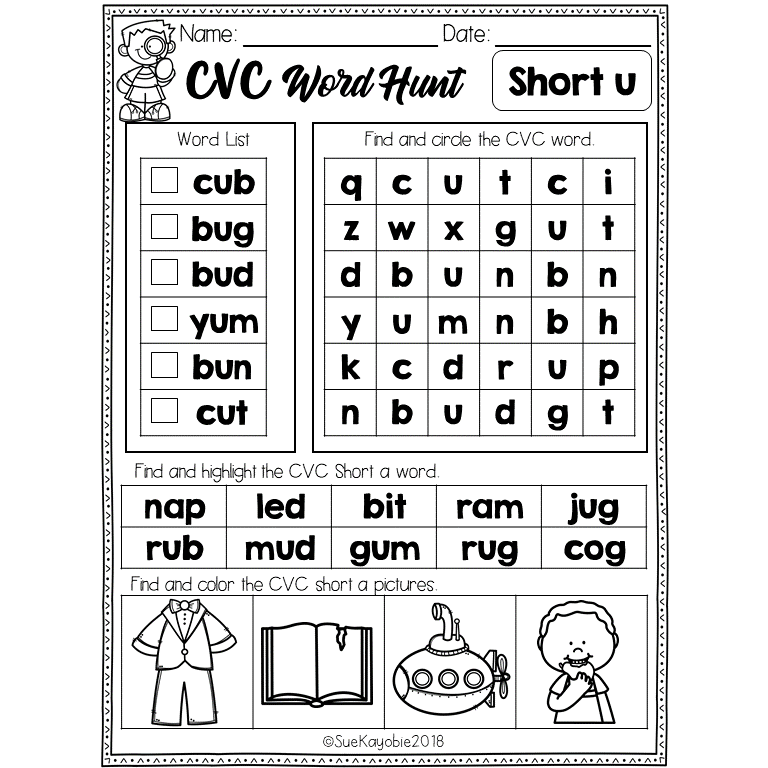
How vowel sounds are related to syllables
Vowel sounds form syllables - sound segments of words that we pronounce with one breath. One syllable can be either a vowel with one or more consonants, or a vowel alone. There is even a rule by which syllables can be counted: how many vowels in a word - so many syllables.
For example, in the word journey there are 5 vowels: [u], [i], [e], [i] and [e]. This means that it has 5 syllables: p-te-she-stvi-e .
Test yourself!
Count the number of syllables in the words: try on, tanner, well-groomed, care, prefix, capital, wet, invitation, orange .
Vowel sounds and stress
Now let's see what groups vowel sounds are divided into. Sometimes their pronunciation depends on whether the stress falls on them, that is, whether we single them out with our voice. So vowel sounds are divided into stressed and unstressed.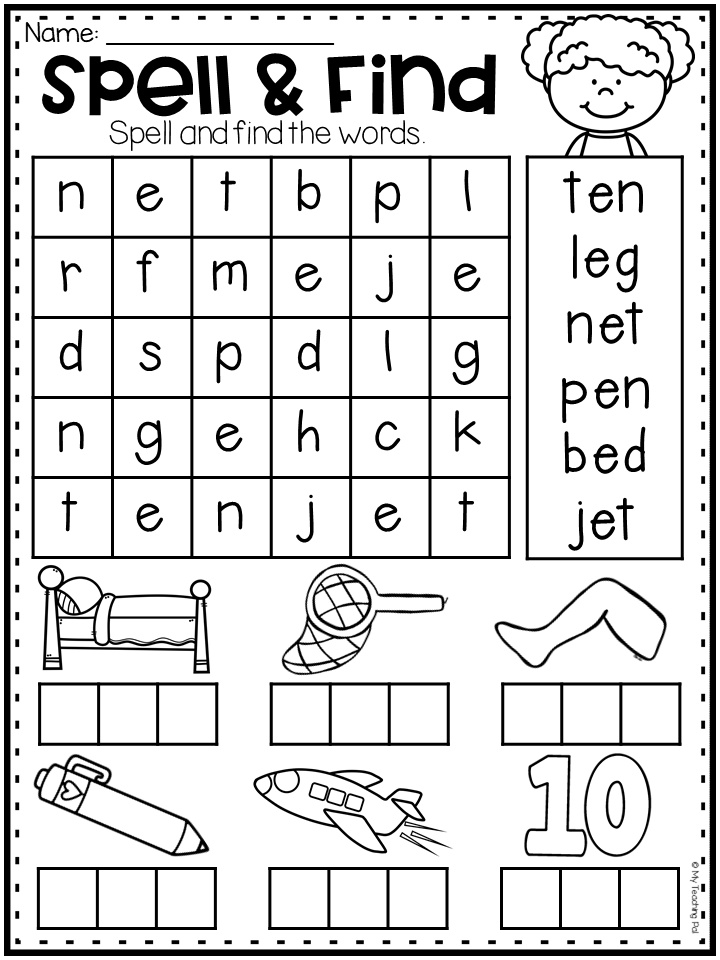 Here are some examples:
Here are some examples:
| | | |
|---|---|---|
| | | |
| | | |
| | | |
Stress in Russian can fall on any of the existing vowel sounds. However, only 4 of them can be unstressed - these are [a], [i], [y] and [s]. In this position, we pronounce sounds weaker than under stress, because of which they can change qualities and sound differently.
Interestingly, the vowels [o] and [e] can only be stressed. There are only a couple of exceptions to this rule: for example, in words cocoa and canoe sounds [o] and [e] in an unstressed position.
How unstressed vowels are related to consonants
How an unstressed vowel sounds depends on the consonant that precedes it. Or rather, from its hardness or softness. If it is a hard consonant, it can be followed by unstressed vowels [y], [a] and [s]. When we talk about a soft consonant, it is followed by unstressed vowels [y] and [and].
| | |
|---|---|
| | |
| | |
| | |
Free English lessons with a native speaker
Practice 15 minutes a day.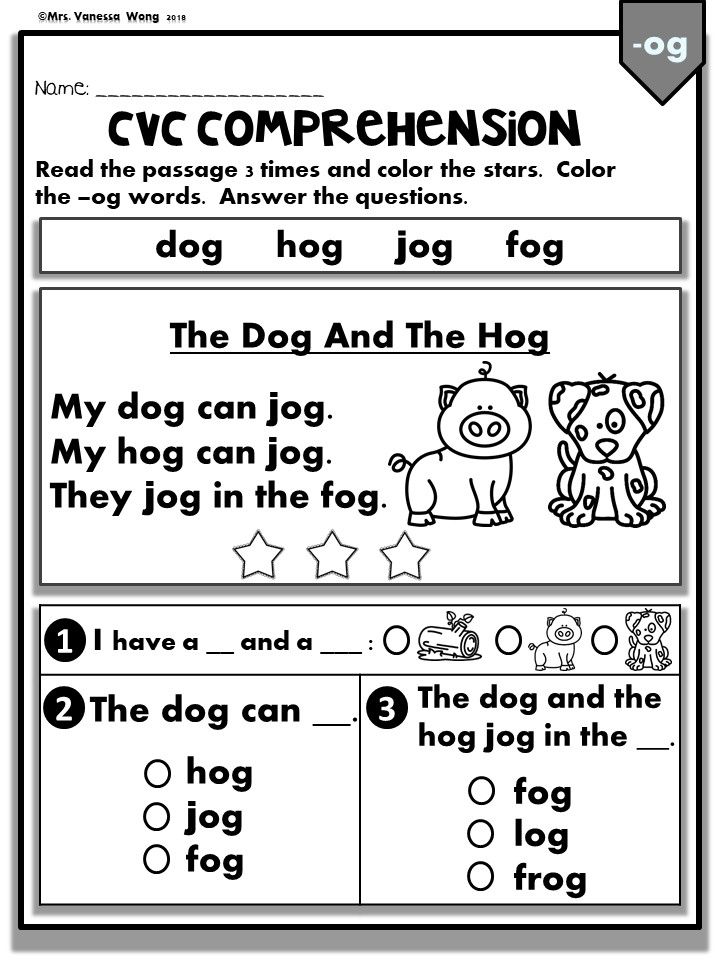 Learn English grammar and vocabulary. Make language a part of life.
Learn English grammar and vocabulary. Make language a part of life.
Test yourself
It's time to find out if you now understand well what vowel sounds are in Russian. To do this, we have prepared tasks for self-examination.
Task 1
List all the vowels in these words:
fair,
rejoice,
doll,
distant,
buddy,
voting,
mirror,
story,
OK,
captivate.
Task 2
Name 5 words each in which the sounds [a], [i], [y] and [s] would be stressed.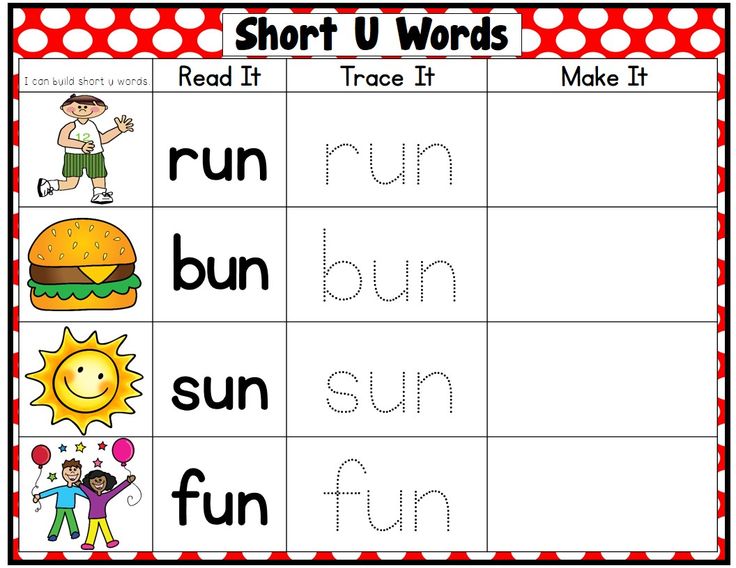
Task 3
Name 5 words in which an unstressed vowel would come after a hard consonant and 5 more words where it would follow a soft consonant.
Task 4
Count the number of syllables in the words below (remember to use the rule you learned at the beginning of the article!):
-
weightless,
-
sunrise,
-
adventure,
-
painter,
-
perpetuate,
-
pleasant,
-
image,
-
category,
-
exciting,
-
melting,
-
snowflake.
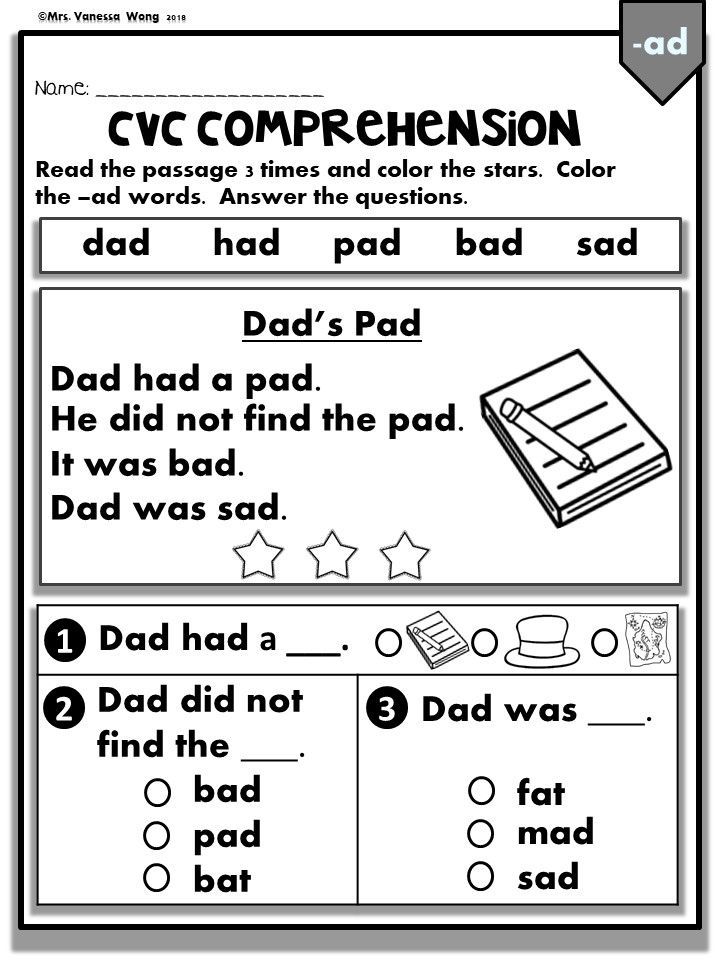
Learn more

